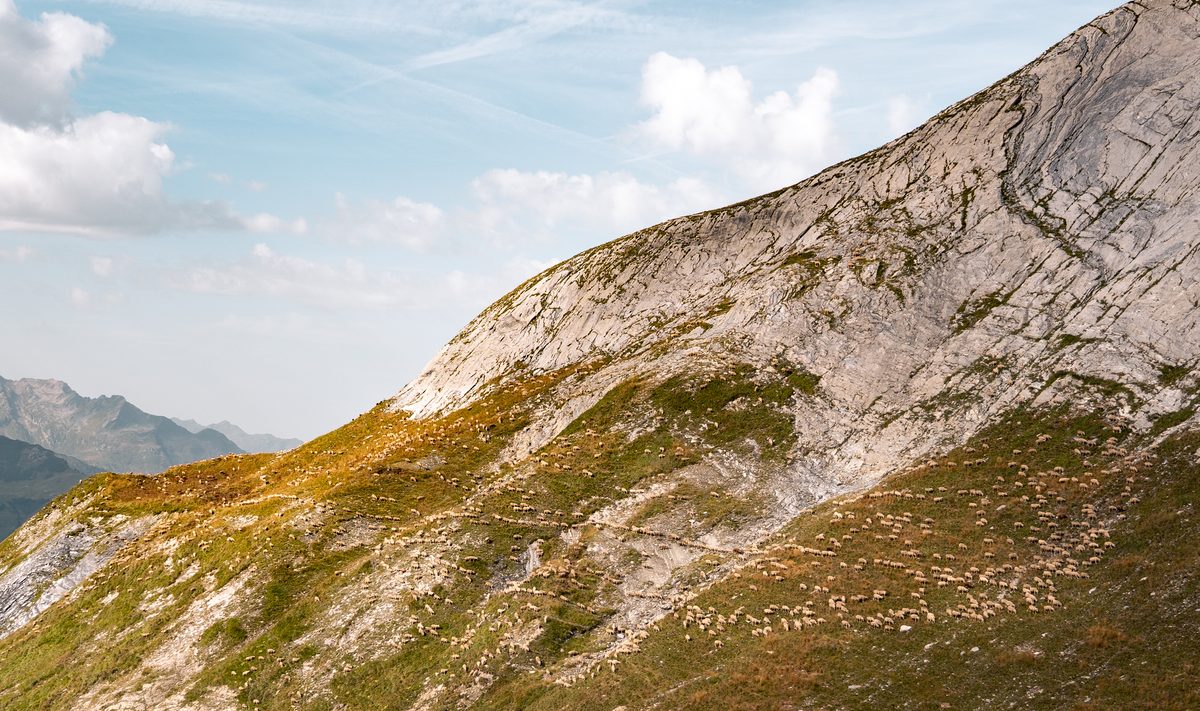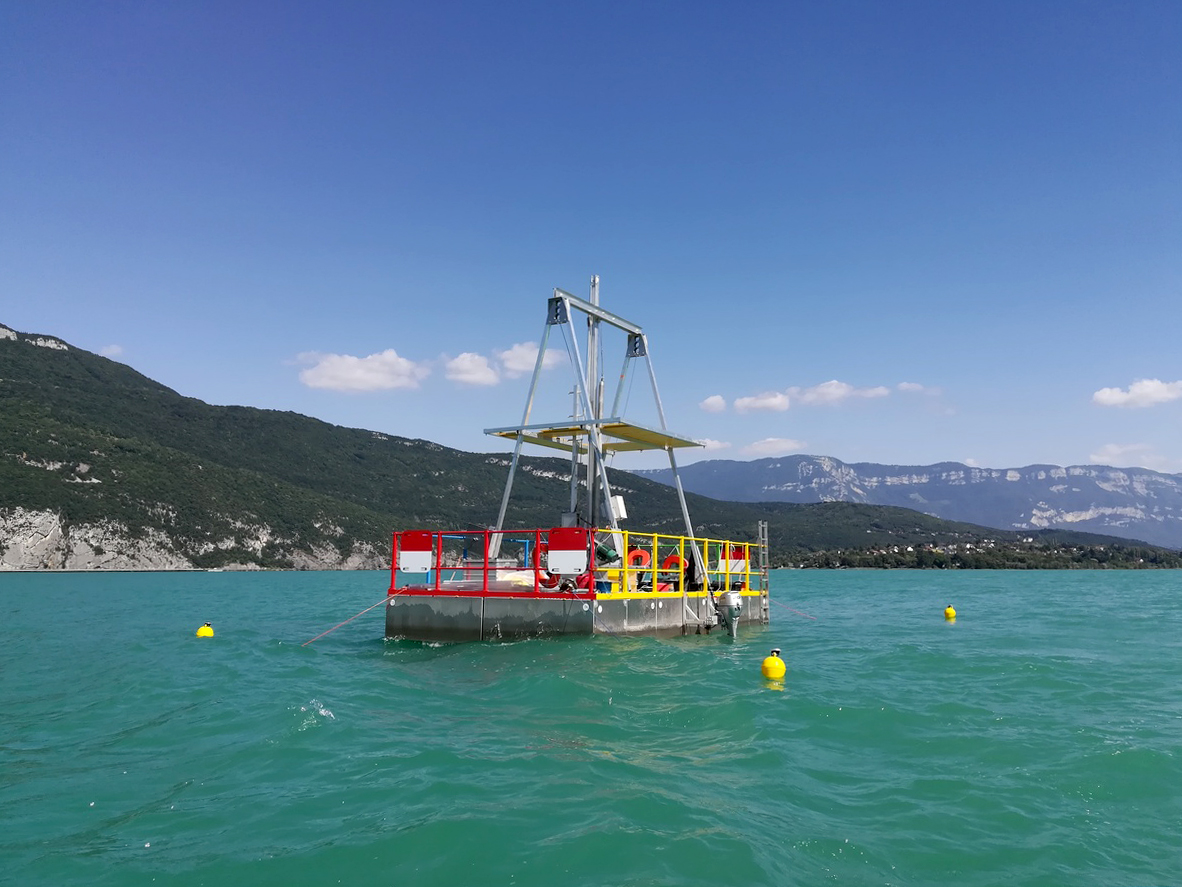Follow us on Google News (click on ☆)
The history of this erosion has just been deciphered for the first time by a research team led by scientists from the CNRS1. They reveal that high-altitude soils were degraded first, under the combined effect of pastoralism and deforestation that facilitated herd movement.

Pastoralism in the Alps. At a time when soil erosion threatens our societies by impacting biodiversity, carbon dioxide storage, and food production capacities, it is fundamental to study and quantify its causes.
© Julia
Medium and then low-altitude soils were subsequently eroded following the development of agriculture and new techniques, such as the use of the plow, from the end of the Roman era to contemporary times. The study also reveals that the acceleration of mountain soil erosion by human activities did not begin synchronously worldwide.
This work, to be published in the journal PNAS the week of July 14, reinforces the conclusion of a previous study2 by the authors. In a global context of soil degradation affecting fertility, biodiversity, and water and carbon cycles, the authors call for a global deployment of protection measures.
These conclusions were obtained by comparing the signature of lithium isotopes in sediments from Lake Bourget with those found in current rocks and soils. The measurements were taken in the largest watershed of the French Alps3. The data obtained were then compared with those from other regions of the world4. DNA contained in the sediments was also studied to identify the mammals and plants present during each period.

Coring barge on Lake Bourget, in Savoie, during the coring of sediments accumulated at the bottom of the lake. Analysis via isotopic geochemistry of the extracted sediment core made it possible to reconstruct 10,000 years of erosion evolution in the European Alps.
© William RAPUC / EDYTEM / CNRS
Images
Notes
1 - From the Laboratoire Environnement dynamique et territoires de la montagne (CNRS/Université Savoie Mont Blanc) and the Institut de physique du globe de Paris (CNRS/Institut de physique du globe de Paris/Université Paris Cité). The Géosciences Paris-Saclay laboratory (CNRS/Université Paris Saclay) is also involved. Scientists from Université Paris-Saclay, Université Savoie Mont Blanc, and Institut de physique du globe de Paris also participated in this work.
2 - Human-triggered magnification of erosion rates in European Alps since the Bronze Age. Rapuc, W., Giguet-Covex, C., Bouchez, J., Sabatier, P., Gaillardet, J., Jacq, K., Genuite, K., Poulenard, J., Messager, E., Arnaud, F. Nature communications, published February 10, 2024. DOI: https://doi.org/10.1038/s41467-024-45123-3
3 - The watershed in question extends from the Chambéry basin to the summit of Mont Blanc.
4 - The Andes and North America.